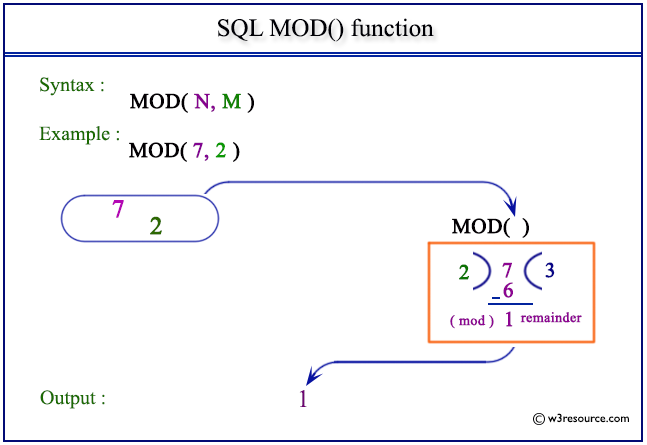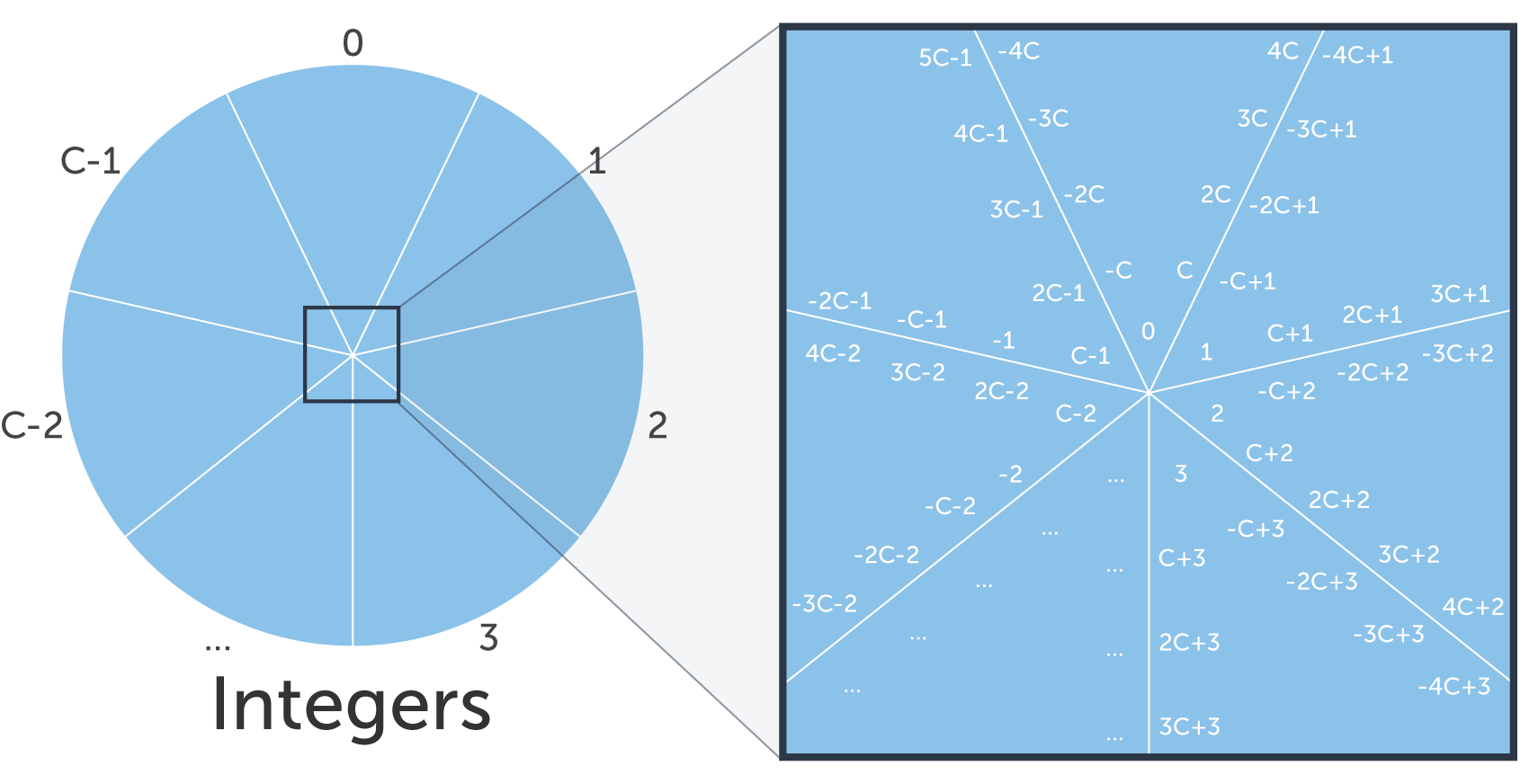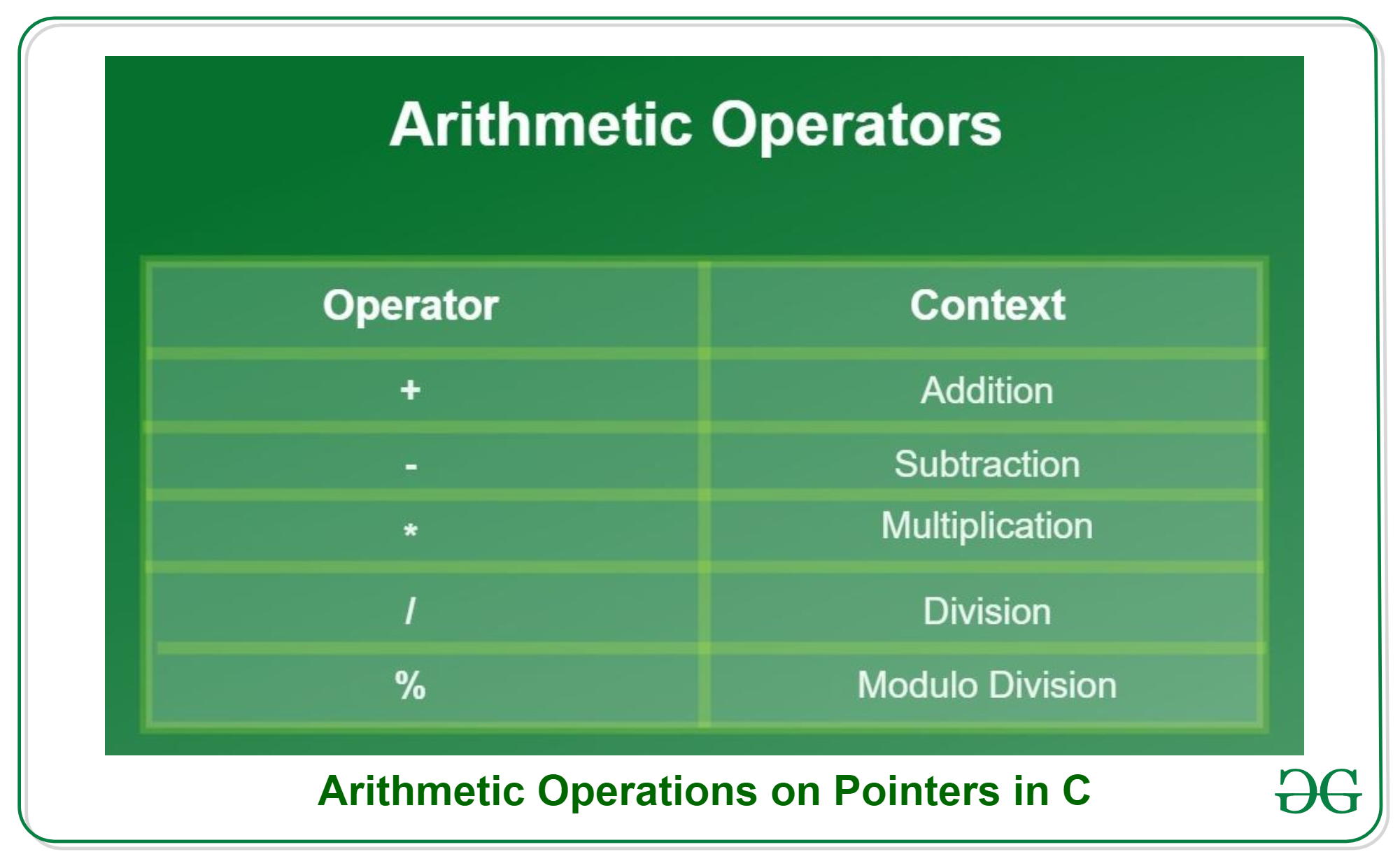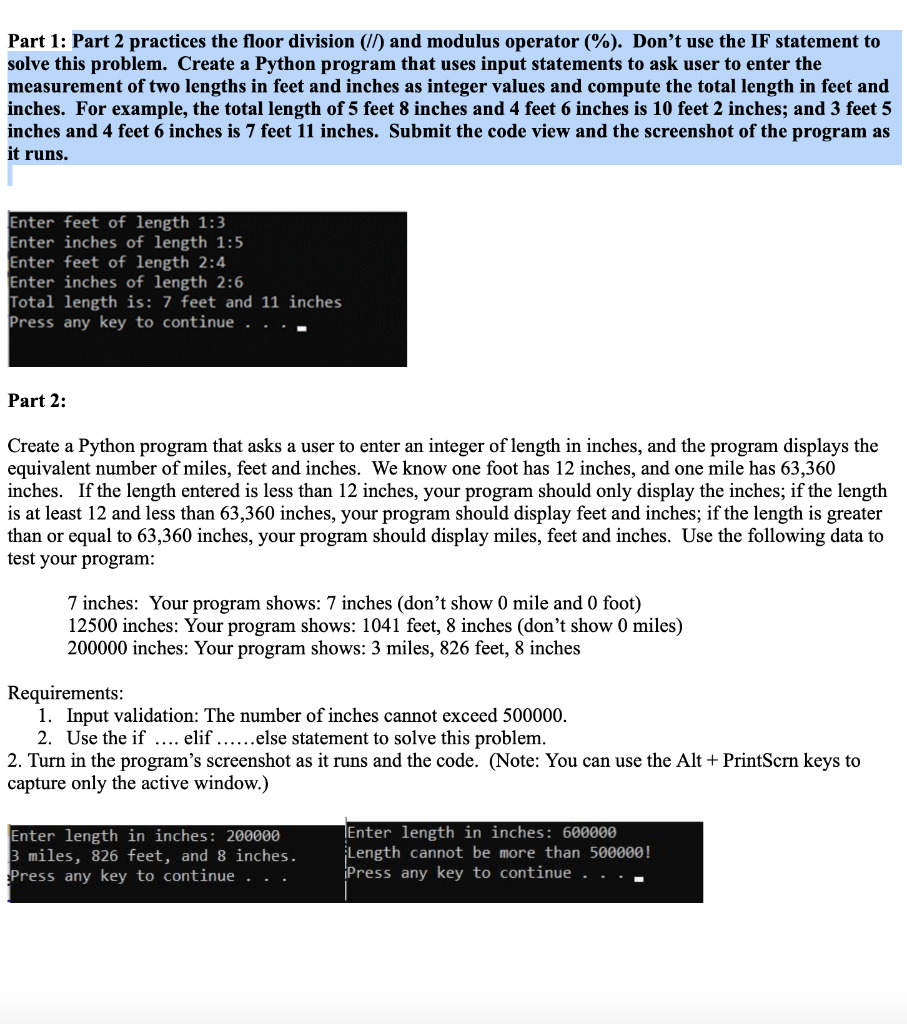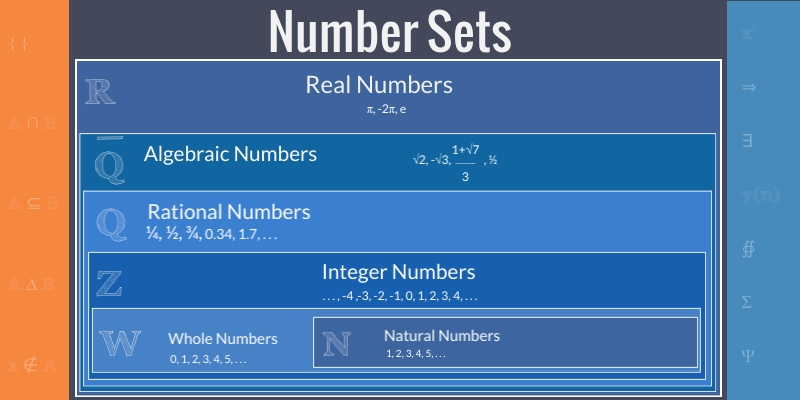C Floor Modulus

3 1 maps to 4.
C floor modulus. It works on negative numbers too. In computing the modulo operation returns the remainder or signed remainder of a division after one number is divided by another called the modulus of the operation. The modulo division operator produces the remainder of an integer division. Double floor double x.
In the c programming language the floor function returns the largest integer that is smaller than or equal to x ie. Long double floor long double x. Syntax the syntax for the floor function in the c language is. Given two positive numbers a and n a modulo n abbreviated as a mod n is the remainder of the euclidean division of a by n where a is the dividend and n is the divisor.
C library function floor the c library function double floor double x returns the largest integer value less than or equal to x. This function maps a number to the nearest lowest integer. Float floor float x. Produces the remainder when x is divided by y.
In mathematics and computer science the floor function is the function that takes as input a real number and gives as output the greatest integer less than or equal to denoted or similarly the ceiling function maps to the least integer greater than or equal to denoted or. The modulo operation is to be distinguished from the. If x and y are integers then the expression. For example 4 9 is mapped to 4.
The modulo operator denoted by is an arithmetic operator. Round down value rounds x downward returning the largest integral value that is not greater than x. Double floor double x. Syntax for floor function in c is given below.
For example and while.




